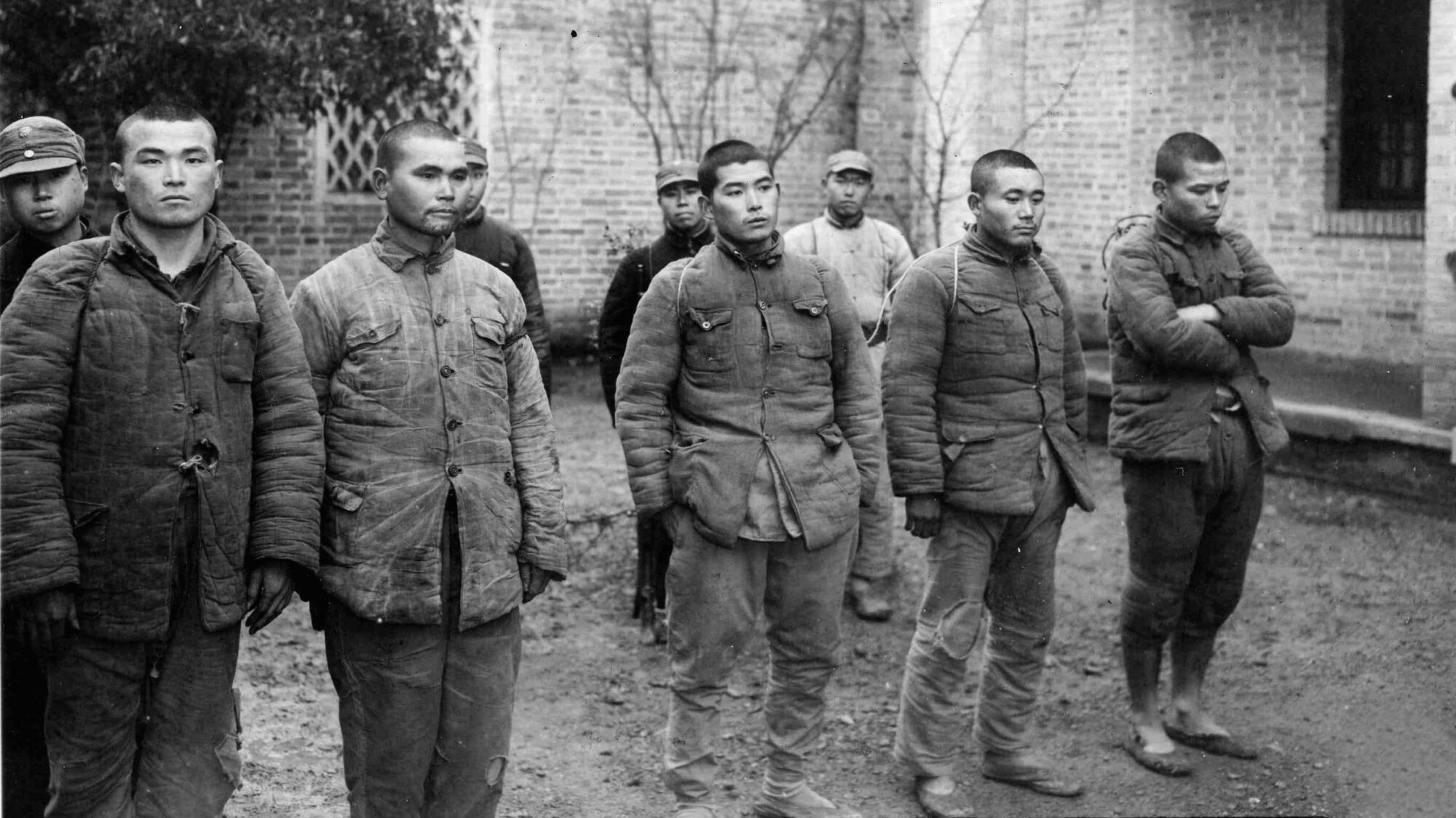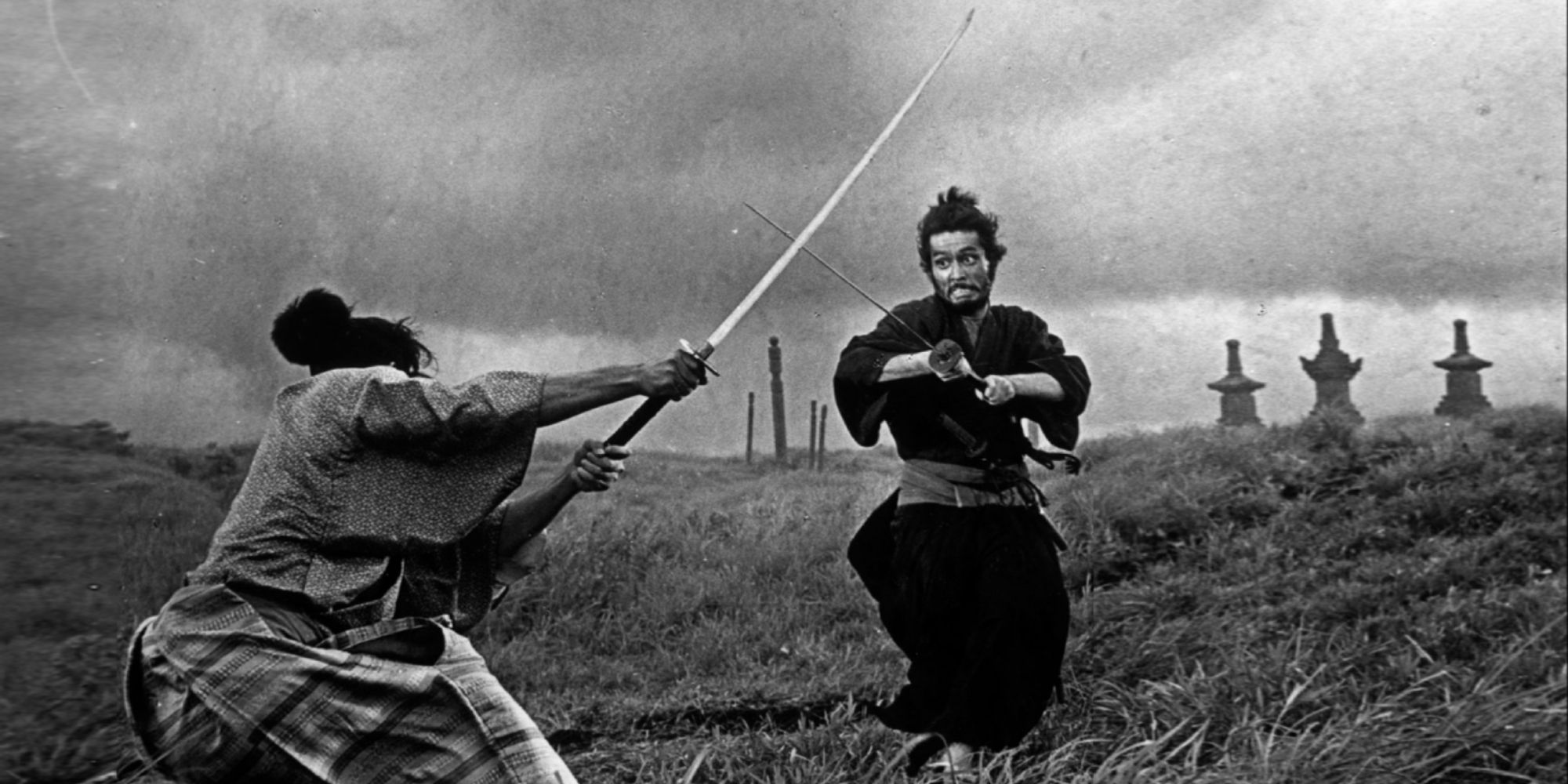In our increasingly interconnected world, teaching Asian history is more crucial than ever.
For families of Asian descent living in America, imparting knowledge about cultural history is not merely about roots; it plays a vital role in helping children appreciate the global significance of Asian civilizations.
From China’s ancient dynasties to current challenges facing Asia, the depth of Asian history can offer priceless lessons to the younger generation.

So, how can Asian American parents effectively share this rich and complex history with their children?
The answer combines diverse resources, innovative strategies, and personal narratives that engage young minds eager to learn about their backgrounds.
The Importance of Teaching Asian History
Learning about Asian history extends beyond just memorizing dates and events.
It’s about connecting to a larger narrative that shapes identity, nurtures pride, and cultivates a sense of belonging. For many children of Asian descent, exploring their heritage can be pivotal in helping them recognize who they are and where they come from.
- Asian history is not merely about the past; it continues to change and influence today’s world.
- From the philosophical teachings of Confucius to China’s innovative breakthroughs, and the strength demonstrated by countries like Korea and Japan, the contributions of Asian cultures leave an enduring mark on the global landscape.
By sharing these rich tales with children, parents can illustrate the connections between different cultures and emphasize the importance of their own heritage in today’s diverse world.
Start with Personal Stories
One of the most powerful methods of teaching history is through personal storytelling.
My father, who had a deep passion for history, instilled in me the belief that understanding the past is crucial for navigating both the present and the future.
Dinner conversations in my family often centered around historical topics, especially those related to Asia.
My dad shared stories about Japan during World War II, China’s Cultural Revolution, and the resilience of Southeast Asian nations during colonization.

These narratives were not just timelines of events; they showcased real people, their struggles, and their victories.
This kind of storytelling around the dinner table turned into a cherished tradition—one that not only brought history to life but also strengthened my connection to my heritage.
This personal approach made learning more relatable and memorable.
Leverage Visual Entertainment
In addition to storytelling, my father introduced history to me through films and visual media.

Documentaries, historical dramas, and educational programs became central in our home. These visual formats provided a vibrant way to engage with history, making it both accessible and entertaining.
- Documentaries focused on Japan during the World Wars or China’s Cultural Revolution had a profound effect.
- Watching events unfold on screen helped me visualize the challenges and achievements of people from those times, making the history come alive.
Today’s parents can harness the power of visual entertainment as a teaching tool. Streaming platforms like Netflix, YouTube, and other educational channels are filled with content that covers numerous historical subjects.
Watching these shows together can spark meaningful discussions and connect the historical narratives with personal family stories.
Encourage Active Learning Through Books and Museums
Books have always been a gateway to more profound historical exploration. My father often gifted me works on Asian history, from influential biographies to detailed examinations of significant events.
These books were more than just items to read; they immersed me in the rich fabric of Asian culture and history.
For Asian American parents, creating a library of age-appropriate literature covering various aspects of Asian history can cultivate a love for learning in their children.
This can range from colorful picture books for young kids to more detailed accounts for older ones—there’s an abundance of literature out there that can breathe life into history.
Museums also play an essential role in making history tangible.
Visiting history museums or cultural exhibitions provides children with interactive learning experiences. Viewing artifacts, artwork, and historical documents up close can leave a lasting impression, allowing children to appreciate their heritage in a more significant way.
Make History Relevant to Current Events
Linking historical lessons to current events is another effective approach for teaching children about Asian history. My father frequently connected historical narratives to modern issues, enabling me to see how the past continually influences the present.
For example:
- Grasping the history of immigration policies in the United States helps frame the ongoing discussions about immigration today.
- Additionally, exploring the historical interactions between Asia and the West can clarify current international relations and dynamics.
Parents can leverage news stories, documentaries, or conversations about current events to explore these historical contexts more deeply.
By illustrating how historical events continue to influence our present, children can cultivate a more nuanced perspective of the world they inhabit.
Foster a Sense of Pride and Identity
Embracing and sharing Asian history plays a vital role in nurturing a sense of pride and identity in children.
As they learn about their cultural heritage, they begin to appreciate their roots and recognize the significant contributions of their ancestors. This knowledge fosters a sense of belonging and strengthens their cultural identity within a diverse society.
By exploring narratives of resilience, innovation, and achievement from their heritage, children not only celebrate their background but also feel empowered by the rich tapestry of their lineage.
Furthermore, this pride in their identity can boost their confidence as they navigate the world.
Understanding the value of their heritage empowers children to embrace their identity, face challenges, and foster cultural understanding.
This balance of pride and openness enriches their lives, promoting positive engagement with the community while staying rooted in tradition.
Conclusion: Building Bridges Through Teaching Asian History
Teaching Asian history to children is a journey of discovery, connection, and empowerment.
By sharing stories, using media, and linking history to current events, parents can nurture cultural pride in their children. This approach helps children build a deep and lasting connection to their heritage.
- Start with personal stories to make history relatable.
- Leverage visual entertainment for dynamic learning experiences.
- Encourage active learning through books and museums.
- Make history relevant to current events to enhance understanding.
- Foster pride and identity to build a strong sense of self.
By embracing these strategies, parents can connect generations, ensuring their children cherish and uphold their rich heritage.








